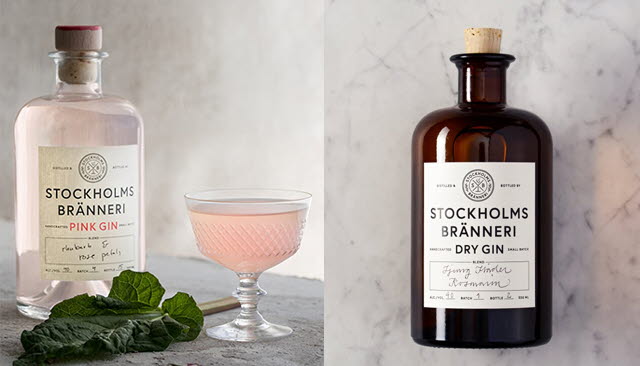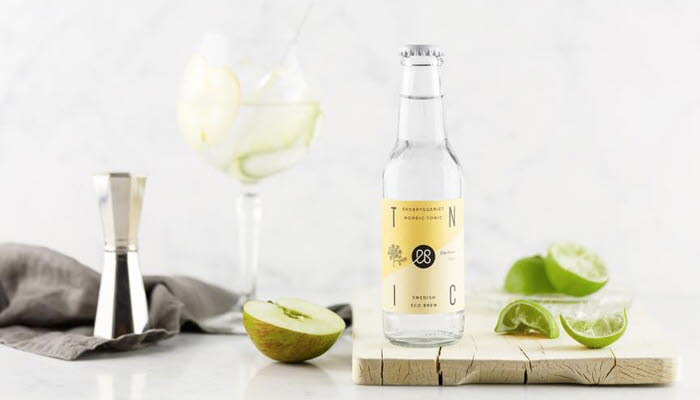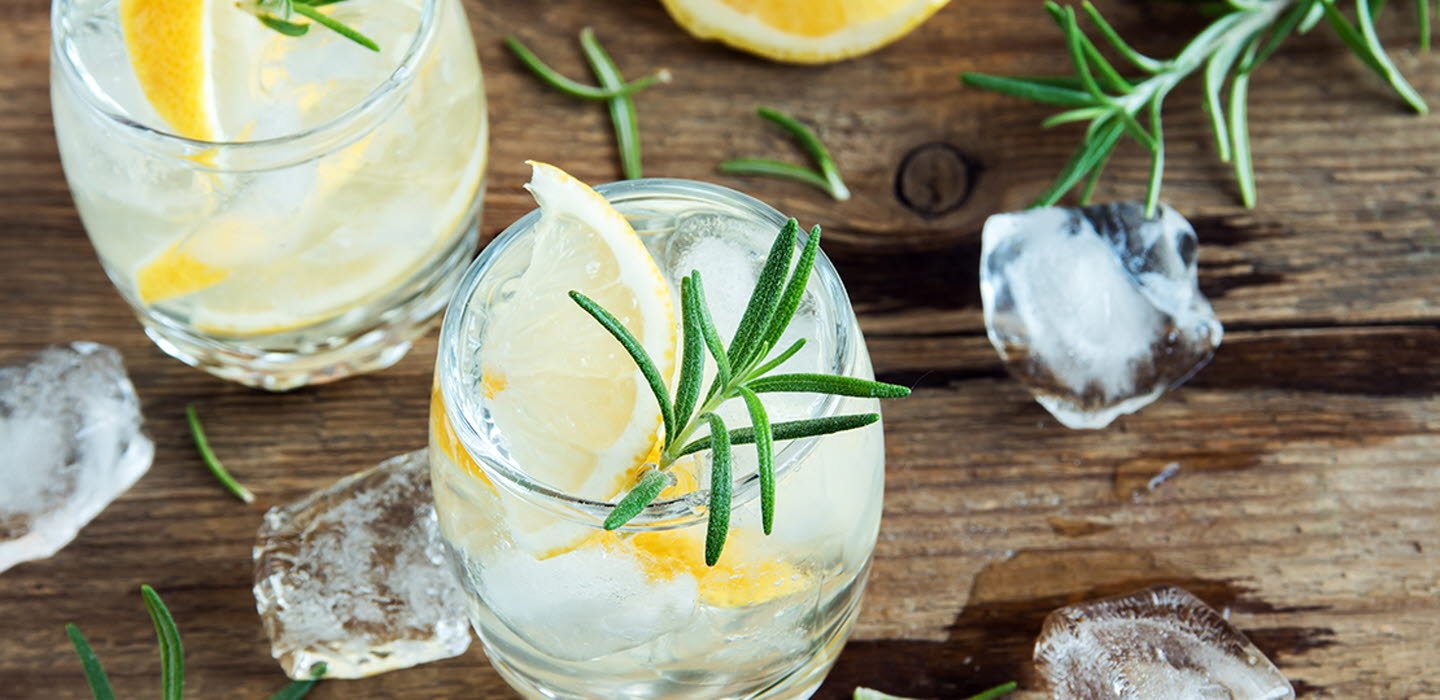In the wake of the microbrewery boom ten years ago, micro distilleries have become the new normal in the world of alcoholic beverages. In the past five years, a large variety of gin distilleries have popped up in Sweden. One of them, Hernö Gin, has already been awarded twice in Worlds Best Gin-Awards by for producing the best gin in the world.
Gin renaissance
Vodka and traditional Schnapps are what most people would associate with Swedish-produced spirits. However, since 2014 Sweden is experiencing an exponential growth in domestically produced gin. In only five years, total sales have gone up from 10 000 to 73 000 liters, according to Swedish alcohol state-owned retail monopoly Systembolaget’s sales statistics. Looking at the sales category “local and small scale production” only, gin sales have increased from 5 600 to 15 600 liters between 2015 and 2018. The number of Swedish gin producers has doubled from 15 to 30 in five years.
The trend of locally produced gin in Sweden springs from a number of catalysts. Apart from the exploding interest in artisan small scale production and handcraft in general, for health oriented and sustainability aware Swedes, the gin, which is free from additives and artificial flavoring, could be seen as particularly appealing.
If you ask the experts it is additionally the width as a spirit genre, both as “sipping gin” and as a cocktail base in drinks like Gin and tonic, Negrioni and Dry martini, and also the palette of flavors it offers in itself, that drives the consumers’ demand of Swedish gin.
Stockholm based gin distillery Stockholms Bränneri’s bestselling product Stockholms Bränneri Dry Gin has got its characteristics from seven organic botanicals – juniper berries, coriander seeds, angelica root, lemon peel, heather, elderflower and rosemary. Owner Calle Wikner says the new interest in gin is partly driven by the increasing supply.
”A lot of new producers are making new draughts of gin, which in turn increases the interest from the consumers. The definition of gin is wide, which allows one to develop different types of gin with different characteristics and fields of use,” says owner Calle Wikner.
Stockholms Bränneri has put a lot of effort in the design of their old pharmacy-inspired, clean bottles. The bottle design is an important carrier of the brand.

“Our ambition has been to combine the pharmacy bottle, that represents the heritage of gin, with the Scandinavian, clean esthetics that the label and the cork represents.”
Why Swedish gin?
The fundamental common denominator in Swedish gin is the high quality of Swedish producers regarding everything connected to artisanal, handcrafted spirits. The quality of the Swedish water is another crucial factor, as well as the carefully chosen raw ingredients and absence of artificial flavorings. The gin from both Hernö Gin and Stockholms Bränneri are sustainably produced.
Hernö Gin was the most awarded gin distillery in Europe between 2013–2017 and was honored with the World’s best Gin for their Hernö Old Tom Gin in both 2017 and 2018. Hernö Gin’s Swedish bestseller Hernö Dry Gin was nominated best gin in a Gin and tonic 2016.
“What distinguishes Hernö Gin is undoubtedly the flavor, which in the end is what it’s all about, together with high quality”, according to founder Jon Hillgren.
“It’s the flavor that determines whether you like a product or not. Hernö Gin is very strong flavored, with distinct tones of juniper berry, flowers and citrus. The competitions we participate in have blind tests, where the jury is unaware of the brand. The result for us has been the highest number of medals of all gin brands in Europe since 2013. Hence flavor is absolutely crucial.”
Mackmyra, originally a Whisky distiller, launched its first gin Kreatör Jin Organic in 2017. Event manager Patrick Björsjö believes that the uncompromising view on the craft of making gin is what distinguishes Mackmyra’s gin and Swedish gin in general.
“It’s the handicraft, the idea of quality, the local Nordic botanicals such as lingonberries, raspberry and blueberry, and also our idea of “sipping gin” instead of only using it as a base in cocktails. In Sweden we also have a high ambition with totality – the quality must run through the whole chain and on all levels,” Patrick Björsjö says.
The primary driving force behind the boom in Swedish gin is however the growing demand for premium gin. According to Systembolaget the strongest growth is within the premium segment, and will continue to be years to come, both in Sweden and internationally.
“I think we will see more Swedish gin producers establishing in the market, and that together we will contribute to a larger share Swedish premium gin in the global market,” Jon Hillgren of Hernö Gin says.
Globally, gin only accounts for less than 10 percent of the total spirits market (counted sales in volumes), according to market research company Euromonitor International, so there is a large growth potential. According to Statista, the global gin market is expected to grow with 4,4 percent annually in the next four years.
…and don’t forget the mixer – as important as the gin

“If 75 per cent of your drink is the mixer, mix it with the best,” is a quote from British premium tonic brand Fever-tree. Two of the top Swedish premium tonic producers, The Nordic Soda Company(that owns the tonic brand Ekobryggeriet), and Swedish Tonic are sure to agree. Both of them are just like most Swedish gin distillers: uncompromising in their approach to quality. Both of them innovative in their own ways. Ekobryggeriet specialises in a range of Swedish flavors to pair with the myriad of Swedish premium gin on a growing market, and Swedish Tonic is quite unique with its natural amber colored tonic water. Why not try an amber colored gin and tonic next time?


